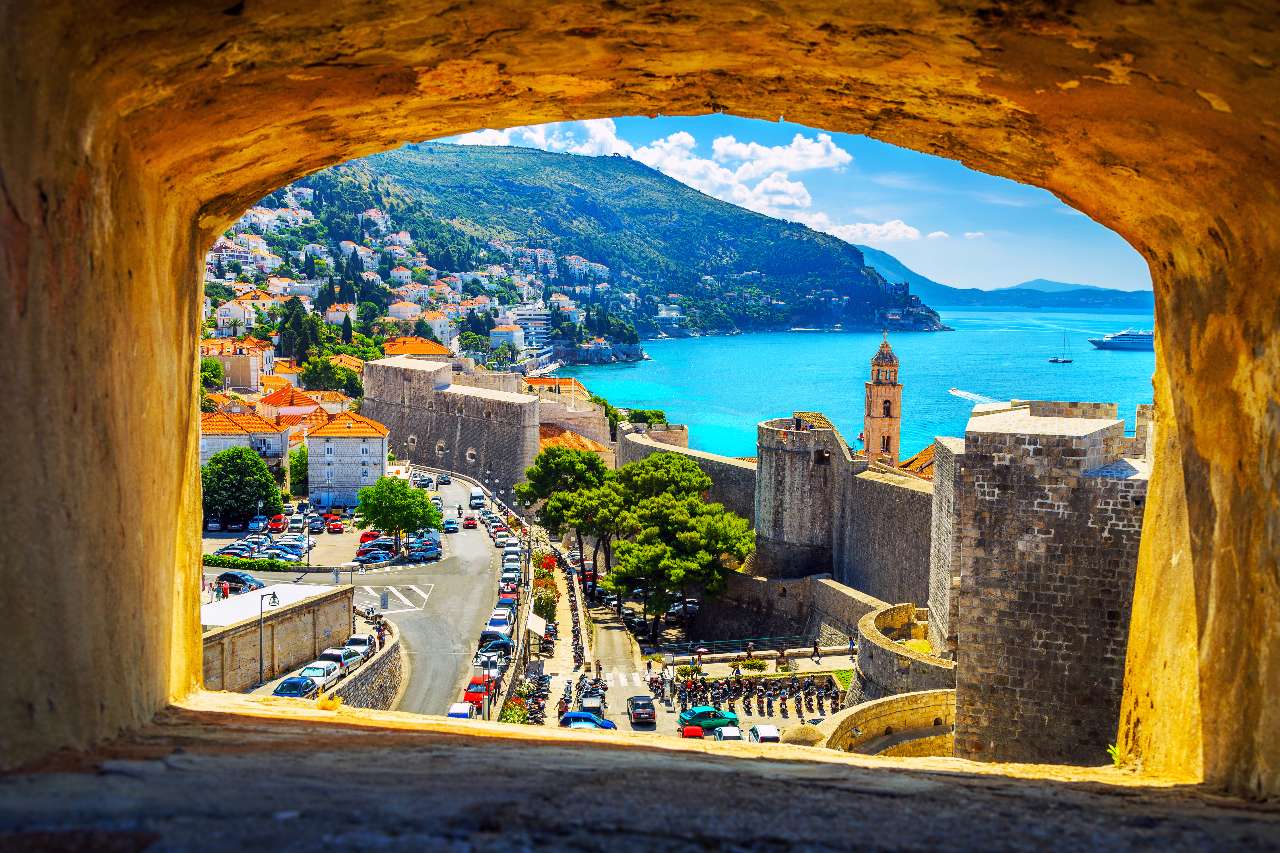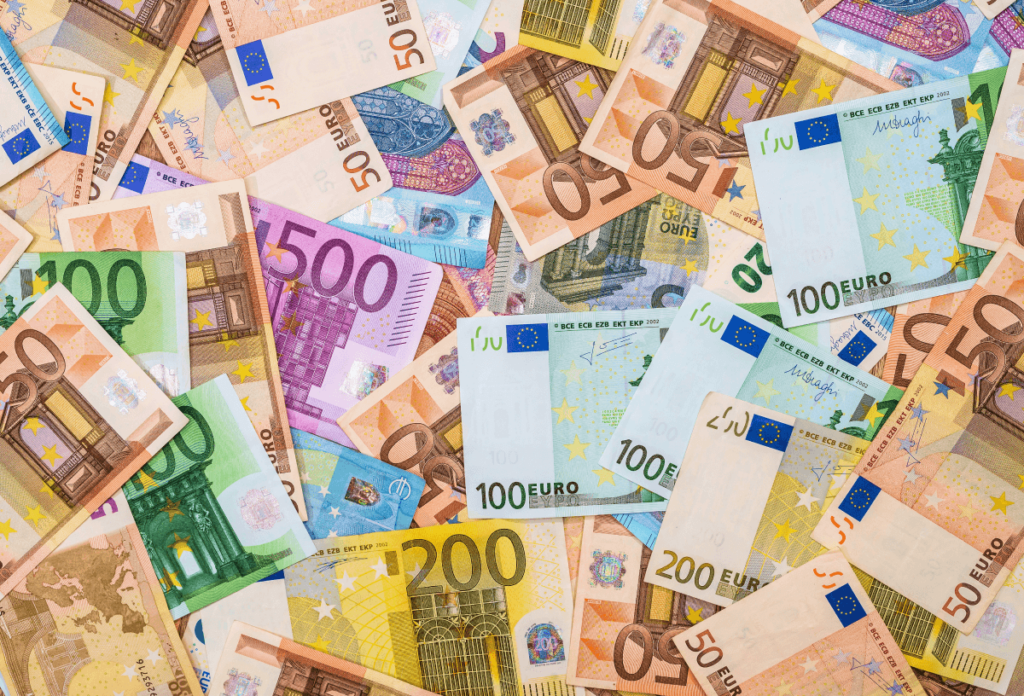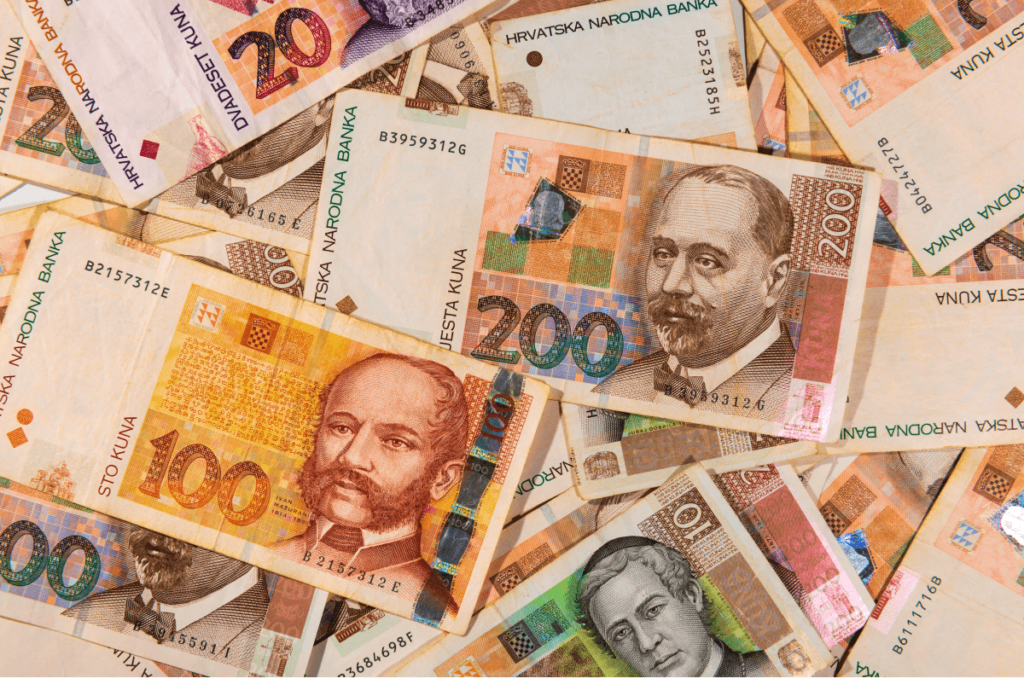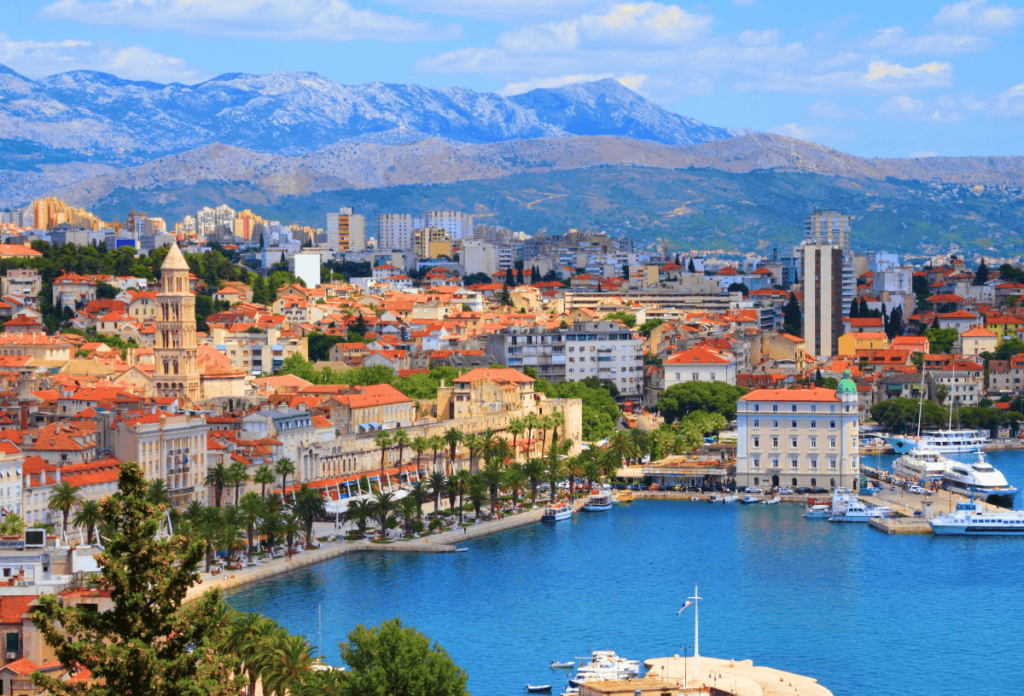
If you’re a bit unsure with what Croatia’s currency is or whether you can use Euros in Croatia, then you’ve come to the right place. Here’s everything you need to know about what currency is used in Croatia.
What currency is used in Croatia?
Since the 1st January 2023, Croatia has been using the well known Euro, they joined the list of 19 other countries which currently adopt the Euro as their currency. Previously, Croatia had been using their own currency, the Kuna since 1994, however the decision to utilise the Euro was formally approved by the Council of the European Union on 12th July 2022.
So in short – if you’re heading on holiday there in the near future, and you’re thinking ‘can Croatia take Euros?’ – the answer is, yes. Euros can be used in Croatia and are now the official national currency.

Dual pricing
As they prepared for the big switch over, prices in Croatia had been displayed in both the Euro and Kuna from July 2022, to aid both the locals and tourists in becoming accustomed to the new pricing. This ended on 1st January 2024, when prices for services and products were officially rolled over to Euro.
The conversion rate between the Euro and the Kuna was fixed at 7.53450 kuna per one euro – which isn’t the easiest of maths to do in your head every time you go to buy something!
If you’ve used the Kuna in the past, the change in currency means you can wave goodbye to the little lipa coins of tiny values that are pretty much worthless, and say hello to shiny new Euro coins and notes.

What will the new coins look like?
Although all Euro coins might look the same at a glance, they’re actually unique to the country they’re being used in. Euro coins feature the issuing country’s own choice of design on one side, with their denomination on the other.
For example, if you take a look at Greek Euro coins you’ll see depictions of Greek ships, scenes of Greek history and even famous Greeks, depending on which coins you have. However a look at Italian Euro coins will reveal famous Italian works of art, such as Leonardo Da Vinci’s Virtuvian Man.
Croatia’s designs were revealed in 2022 – the €2 coin features a map of Croatia, whilst the €1 coin has a motif of a kuna (an indigenous weasel-like animal, whose pelt was once used as payment in medieval times, hence the current currency’s name). The design of these coins offer up a great opportunity to show off some of each countries’ heritage!

Is it better to use cash or card in Croatia?
If you’re heading to Croatia soon, you might be wondering whether it’s better to use cash or to pay for things on card. Our advice would be to use a combination of both.
Debit and credit cards are widely accepted in Croatia, and there are ATM’s located all around, although less frequently on the smaller islands.
You’ll still need cash for small purchases like a coffee or a souvenir, so it’s best to keep a budgeted amount of cash on you during your holiday to Croatia.
If you’re short on cash, it’s always a good idea to ask if they accept card payments before ordering anything.
Croatia is calling…
So there you have it – for any 2023/2024 holidays to Croatia, you’ll need Euros! If you’re in need of some holiday inspiration to put these new Euros in use, you can take a look at our best deals to Croatia here.






